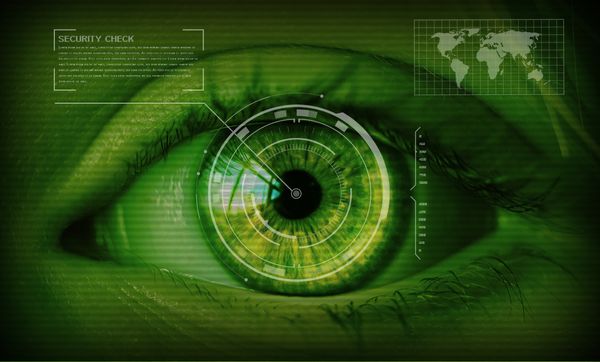High-End Digital Cameras can Forward Pictures to Attackers

High-end DSLR cameras come with a multitude of features for sharing pictures, but do they really reveal the contents only to their owners? According to security researchers Daniel Mende and Pascal Turbing, digital cameras such as the Canon EOS 1DX can be manipulated to take pictures and upload them without the user`s explicit consent.
This particular camera model comes with a built-in server called WFT (Wireless File Transmitter) that can be accessed via a regular browser. It allows the user to control “major functions of the camera,” such as getting preview pictures, taking pictures and downloading them on a location the camera has access to.
Access to the server is conditioned by a combination of usernames and password, but its implementation is far from secure.
“On the first visit the web server asks for the credentials configured on the camera via HTTP Basic Auth. The Basic Auth is only performed once and a session id is used afterwards,” reads the report. “Now one could complain about not using HTTPS and the authentication being HTTP Basic and not Digest, so a Man-in-the-Middle can sniff either the credentials or the used session id. But in reality its worse, you don`t need to be in the data stream, as the session id is just 4 bytes long and containing hex characters.” This means that an attacker can get in by brute-forcing 65536 different ids.
Even though this type of attack is highly unlikely to take place in your home while connected to your Wi-Fi network, it may become a reality if you`re transferring files via a hotspot you don`t control, such as those in public places, parks, hotel rooms ” basically any place where you might like to take an interesting photo and upload it to the cloud.
tags
Author
A blend of product manager and journalist with a pinch of e-threat analysis, Loredana writes mostly about malware and spam. She believes that most errors happen between the keyboard and the chair.
View all postsRight now Top posts
How to Protect Your WhatsApp from Hackers and Scammers – 8 Key Settings and Best Practices
April 03, 2025
Outpacing Cyberthreats: Bitdefender Together with Scuderia Ferrari HP in 2025
March 12, 2025
Streamjacking Scams On YouTube Leverage CS2 Pro Player Championships to Defraud Gamers
February 20, 2025
How to Identify and Protect Yourself from Gaming Laptop Scams
February 11, 2025
FOLLOW US ON SOCIAL MEDIA
You might also like
Bookmarks









